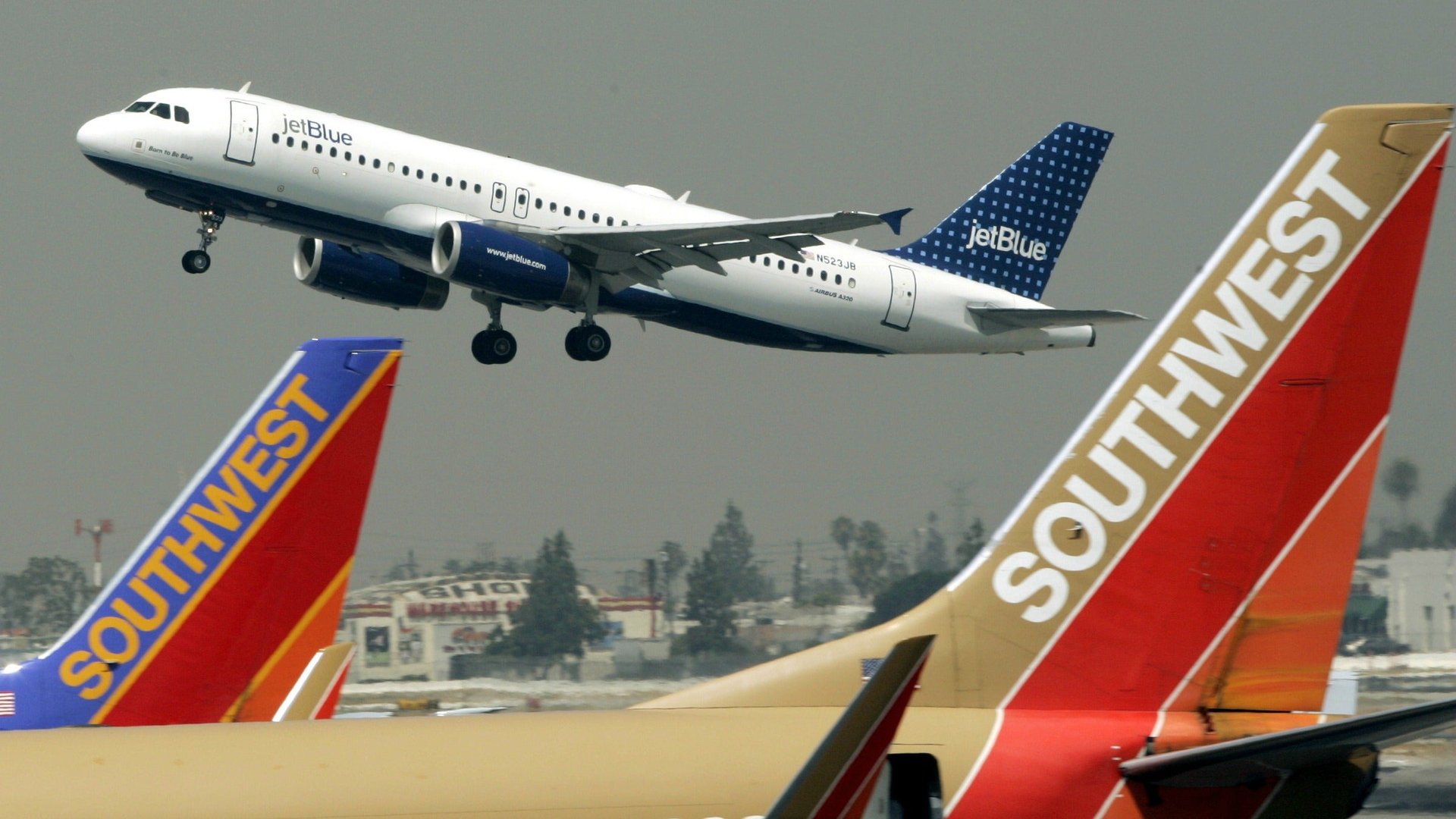Why JetBlue does not need first class
JetBlue recently announced a seemingly minor change to its service—it is adding first class cabins on transcontinental flights. This will almost certainly add profit margin in the short run and increase options for customers. A “win-win,” to quote JetBlue CEO Dave Barger. But in the long run, we will look back at this event and recognize it marked the end of one of the great brand narratives spanning the last decade. Before we go deeper into why, let’s revisit where the story began.


JetBlue recently announced a seemingly minor change to its service—it is adding first class cabins on transcontinental flights. This will almost certainly add profit margin in the short run and increase options for customers. A “win-win,” to quote JetBlue CEO Dave Barger. But in the long run, we will look back at this event and recognize it marked the end of one of the great brand narratives spanning the last decade. Before we go deeper into why, let’s revisit where the story began.
The traditional way to market a business is storytelling, usually through paid advertising. But today, simply telling your story isn’t enough. In the rising tide of brands and the constant drum of social media, it is increasingly difficult to break through the clutter. That’s why over the past decade there has been a new kind of company emerging. With a clear narrative conveyed through action, storydoers, companies that embody their story rather than simply use it for marketing, are taking over the business landscape.
JetBlue was one of the first examples of this new kind of company—and one of the best. These companies express their narrative through every action they take, whether product design, customer service, or even how they reward and incentivize their employees. Founder David Neeleman, a famous advertising skeptic, believed in conveying the JetBlue narrative through product innovation, by creating a better customer experience at every possible point of contact. These innovations included: one class of (better) service throughout the plane; more legroom and leather seats for all; personal satellite TVs at every seat (a stunning innovation at the time); and employees often recruited from outside the traditional airline business so that they brought a fresh perspective.
One of the core attributes of storydoing companies is that they have a clearly defined higher purpose, or quest, that transcends the goal to maximize profits. This mission-over-money mentality drives fiercely loyal followers in their customers and employees. JetBlue is no exception.
Neeleman was disgusted by the state of flying and set out to change it with a simple quest: “to bring humanity back to air travel.” This wasn’t a tagline, it was a philosophy that informed the development of every aspect of the JetBlue experience—an experience that absolutely delighted people who flew with the airline. People had never seen or felt anything like it, and so they did what came naturally: they told all of their friends about it, causing JetBlue’s story to spread like wildfire.
Not surprisingly, companies that live their story reap the rewards of this approach, which include greater pricing power, lower staff retention expenses, and higher employee morale. They have a stronger connection to everyone they engage with, which is something traditional companies seem to be missing these days. Increasingly, storydoing companies prove they are more efficient businesses than their storytelling counterparts.
There is really only one core requirement for companies like JetBlue and that is that they stick to doing their story. When they stop, they lose a major competitive advantage. The first changes at JetBlue were incremental and internal—employees, for instance, had long been empowered to solve customer problems on the spot, using their own judgment. This practice was discontinued. Then we saw a class consciousness creep in to the customer experience: certain seats were designated as “even more space” and special airport security lines dubbed “even more speed.” And like George Orwell’s Animal Farm, the story of “bringing humanity back to air travel” changed. Or rather, the story became just that: a story instead of a driver of real tangible innovation.
The announcement of first class isn’t the beginning of change at JetBlue, it’s the end of it. It signals that JetBlue is out of innovative ideas and has now resigned itself to being pretty much indistinguishable from any other major air carrier, which is sad. But it’s also bad business. While margins may benefit in the short term, commoditization is the inevitable result.
On a more optimistic note, as JetBlue commoditizes itself, it reopens the door to opportunity for more innovative thinkers to disrupt the status quo in the airline business. Somewhere out there is an entrepreneur with some radical new ideas. So long as he or she has what none of the commoditized legacy airlines have—a great, differentiating story against which to innovate—they will change the world.